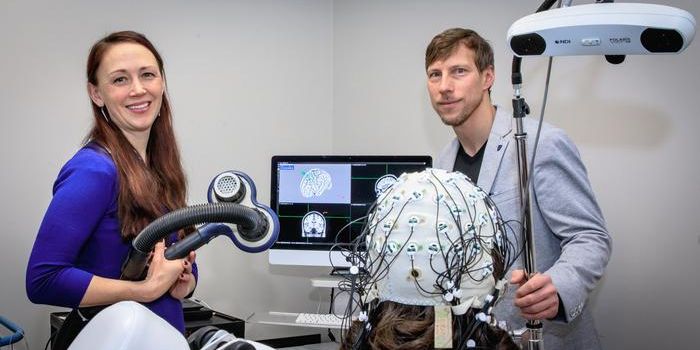Research tools that are used to analyze gene expression have gotten cheaper, faster, and incredibly complex. An entire human genome, which consists of around 6 billion base pairs, can be sequenced in only a few hours. Colonies of hundreds of cells can now be analyzed at the single-cell level; all the mRNA transcripts in all the cells in a dish can be deciphered. Advances in transcriptomic and research tools have allowed investigators to visualize where in a cell all the transcripts can be found, or where in a tissue certain cells are located. Predictably, this has led to the generation of massive amounts of data, and computational tools that are used to analyze it.
Scientists are now developing new ways to handle all that data. With better analytical tools, researchers can gain new insights and advance research. One new method involves virtual reality; it's been reported in iScience.
“When you want to distinguish cancer cells from normal cells, for example, you need to examine thousands of cells to get a proper understanding, which translates into enormous amounts of numerical data,” said Shamit Soneji, researcher in computational biology at Lund University.
Instead of viewing cells in three dimensions on a desktop computer, Soneji and colleagues have created a way to visualize cells in a virtual space. The tool they created is called CellexalVR. With it, scientists can explore their data in three dimensions, like the gene activity in special types of cells. A population of cells can be viewed with a VR headset, and researchers can see how cells interact with one another. Cells can also be selected for close inspection with hand controllers. Two cellular maps can be compared side-by-side in one virtual room, and scientists can gather in the space to discuss the data even when they're located physically far apart.
“To be able to walk around your own data and manipulate it intuitively and efficiently gives it a whole new understanding. I would actually go so far as to say that one thinks differently in VR, thanks to the technique's ability to involve your body in the analysis process," suggested Mattias Wallergård, a researcher in interaction design and virtual reality at Lund University.
“Even if you are not familiar with computer programming, this type of analysis is open to everyone. A virtual world is a fast developing area of research that has enormous potential for scientists that need to access and process big data in a more interactive and collaborative way," Soneji added.
Sources: Lund University, iScience









